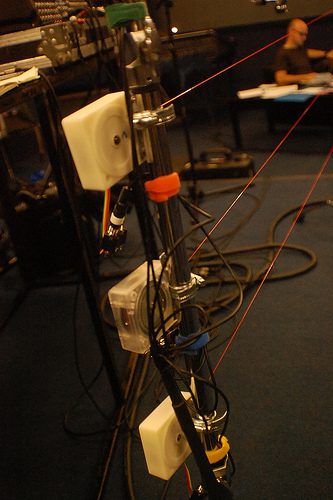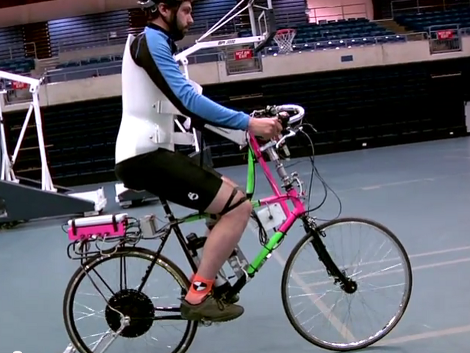A couple of years ago, [macona] picked up a 1943 Monarch 10EE lathe. This monstrous machine is not only an amazing piece of engineering but an awesome work of art; not only can this lathe manufacture parts with exacting precision, it’s also a wonderful piece of machine age design.
The Monarch 10EE lathe was extremely high-tech for its time, and the War Dept Detroit Ordinance District tag on the cooling pump bears this machines lineage: this lathe was most likely used to make very precise military equipment such as the Norden bombsight.
After 60 years of faithful service, [macona]’s lathe picked up several coats of paint in different colors and generally fell into a state of disrepair. [macona] spent a great deal of time overhauling this lathe by replacing a bent feed rod, troubleshooting the motor problems, and eventually replacing the whole motor with a modern AC brushless servo. You can check out the improvement the AC servo made in a video after the break.
Of course no post about a rebuilt lathe would be complete without a few beauty shots. We’re extremely thankful for [macona] for not only restoring this machine, but also for sharing it with us. Thanks to [macona]’s restoration, this machine will hopefully be around for another 60 years.
Continue reading “Turning A 1942 Lathe Into A Functional Piece Of Art”















